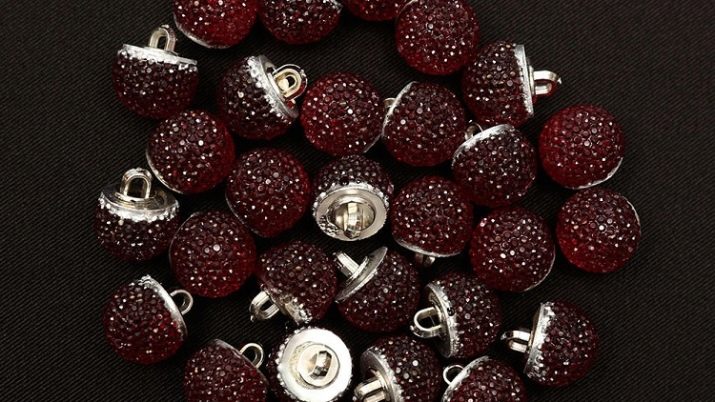Everything you need to know about buttons
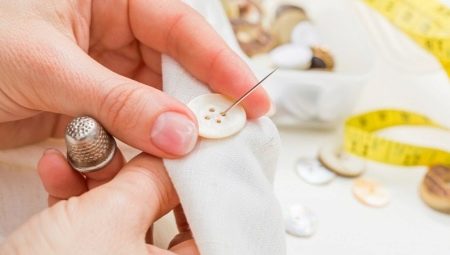
In ancient times, when people understood how to get food and survive, they began to think about their appearance in order to bring joy to themselves and others. If at first the matter was done only with clothes, then later they began to think about decorating them, that is, equipping them with accessories. Buttons, which previously had a completely different look, became one of these details.

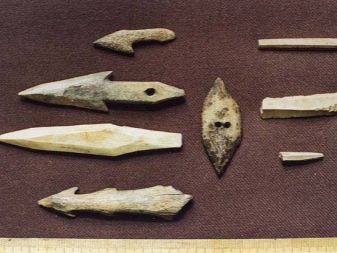
History
Buttons accompany a person throughout his life, but each of us treats them as a familiar, everyday object and does not even think about the origins of their origin, because they do not talk about this either at school or at home.
And in vain - that, thanks to which we now, without hesitation, button up shirts and jackets, coats and bags, has undergone a large-scale development history and can boast of a vivid "biography". Representatives of the ancient world simply tied the ends of their clothes in a knot so that it did not allow cold to come to the body.
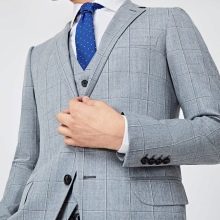
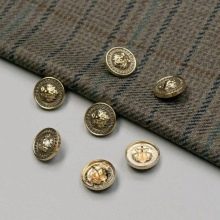
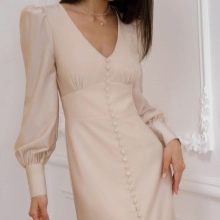
They also used a kind of lacing and pins made of plant thorns, animal bones and other materials at hand. The inhabitants of Ancient Egypt turned to the help of buckles, that is, one piece of clothing was threaded through a hole made on the opposite piece. The oldest (most ancient) items were found in India.
Experts attribute them to the period 2600-2800 BC and believe that these items were used as decoration, and not to connect the two ends of clothing.
For the manufacture of the first buttons, most similar to modern ones, clay, metal, shells of sea mollusks were taken as a basis.
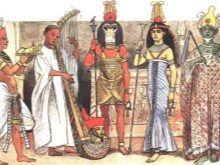
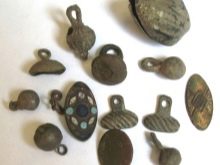
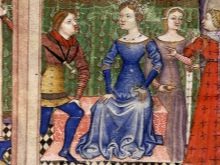
In the distant past, a button was not as pragmatic as it is now.She played the role of magical amulets, whose task was to scare away evil forces hostile to humans. For example, in Russia for a long time it was this use of buttons that was considered the main one.
In the 18th century, when cut was invented and it became possible to wear tight-fitting clothing, buttons began to be considered a luxury item, since many of them were made of gold, silver and ivory., and on only one man's suit or royal attire, their number could reach up to a hundred. Buttons were valuable and, with their sophistication, could show people around the prosperity of a person.
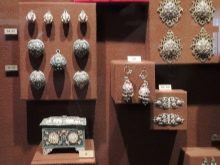
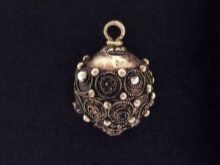

On the buttons of that time, various images were often found: anchor, crown, eagle, coat of arms, etc. They could even be produced in different forms, a kind of "weight" was popular then, which looked favorably and reliably connected the fabric. There is an interesting fact. It's no secret that on women's clothing, the buttons are usually on the left side.
One of the historical versions on this score claims that in those days, men most often dressed themselves, and noble women needed help in the person of a servant. Therefore, they learned to sew buttons to women's outfits to the opposite side in order to manage their fastening easier and faster.

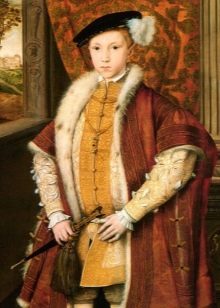
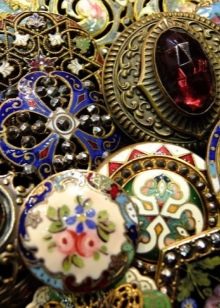
Species overview
Buttons for clothes are very diverse. Let's try to compose a description of each of the types.
- Buttons with two or four holes for sewing. It is extremely rare to find products with three holes. Most often, they are the hallmark of a particular brand.
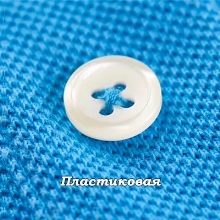
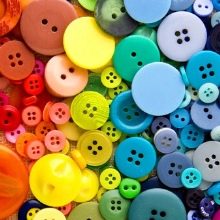
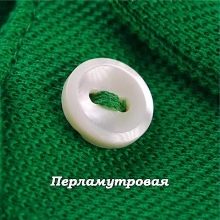
- Slightly less popular are buttons with an eyelet or loop, when on the back side there is a small process with a single hole for which they are attached to clothing.
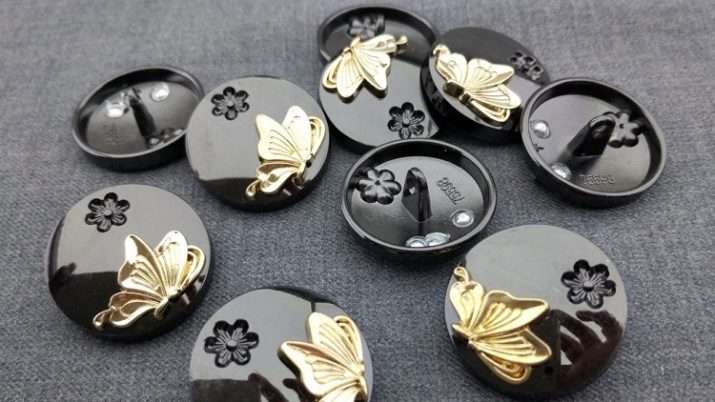
- Jeans Buttons differ in that they are not sewn to the fabric, but are attached thanks to a thorn and a rivet. This option is found only on denim clothing, which deserves special attention.
Next, we will consider the types of buttons, depending on the purpose of their use.
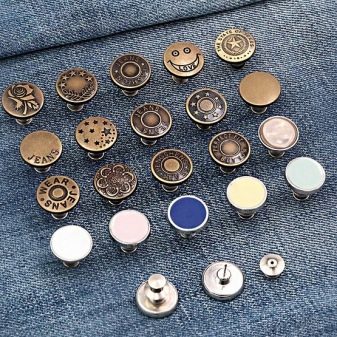
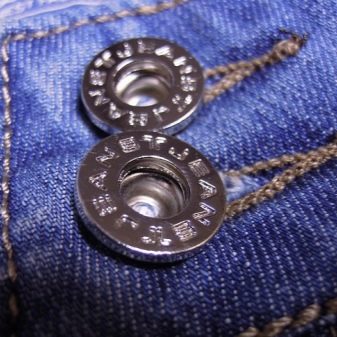
By appointment
According to this criterion, 6 varieties are distinguished.
- Coats. Usually they are bulky, their diameter is 25 mm or more.

- Dressing. The diameter varies from 20 to 25 mm, they can be found not only on the sleeves of a jacket, but also on a cardigan or kimono.
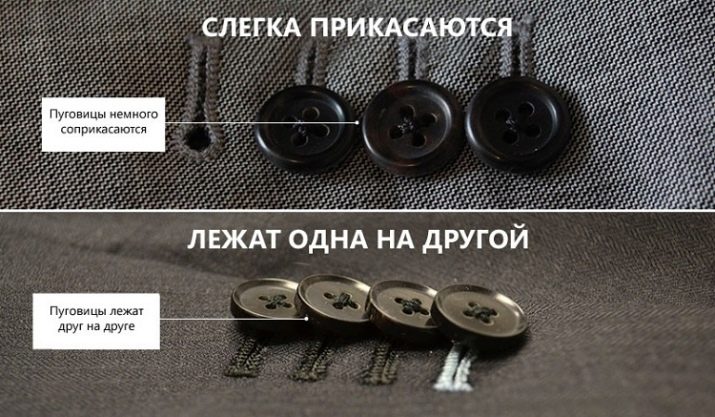
- Dress and blouse. The widest selection of colors, shapes, materials of manufacture among all existing varieties is provided for buttons for dresses and shirts, most often decorative, their diameter ranges from 10 to 20 mm.
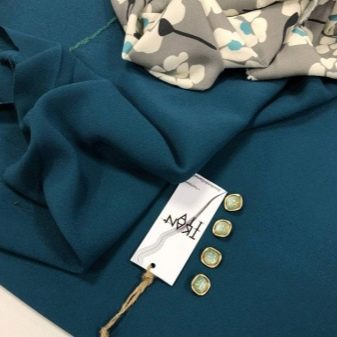
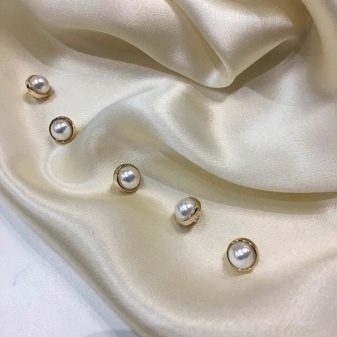
- Pants. They are round and have a diameter of 15–20 mm.
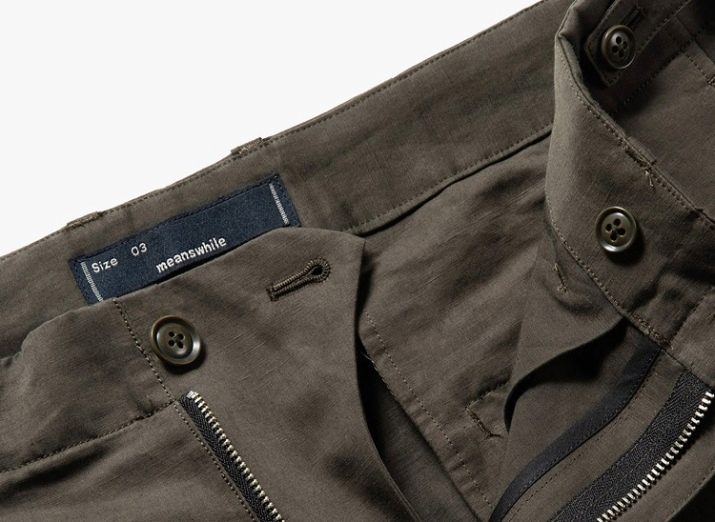
- Shirts. The color palette is quite wide, and the shape is always round, the diameter is 15–20 mm.
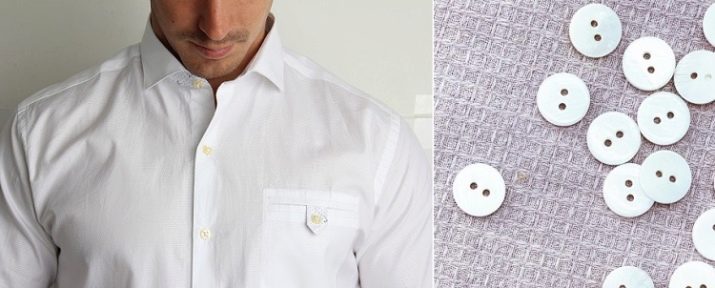
- Lingerie. They have a minimalist design, they are always round and almost invisible, most often white or transparent, the diameter does not exceed 20 mm.

By manufacturing method
According to what technologies are used to make buttons, they are divided into stamped, cast, pressed, mechanically processed, prefabricated.
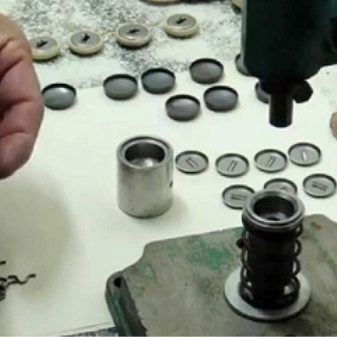
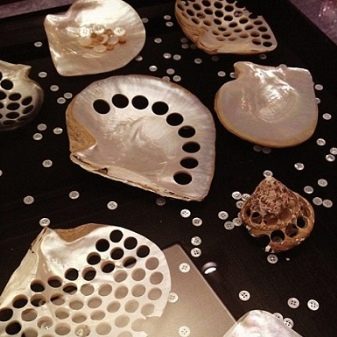
By fastening method
- Sew-on. In this case, you can use only a thread and a needle, after which you can safely connect one piece of clothing to another.
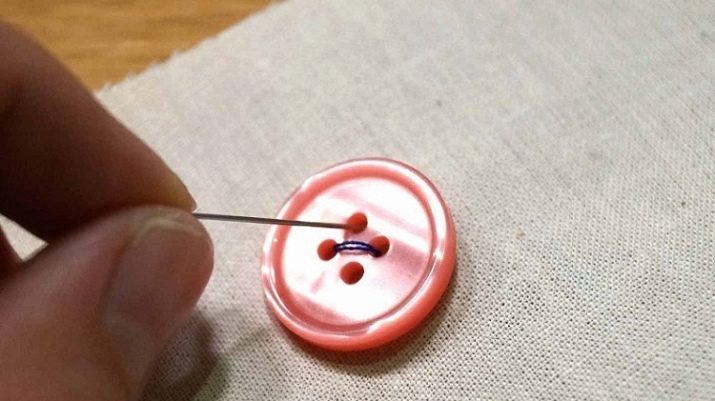
- Attached with special tools.
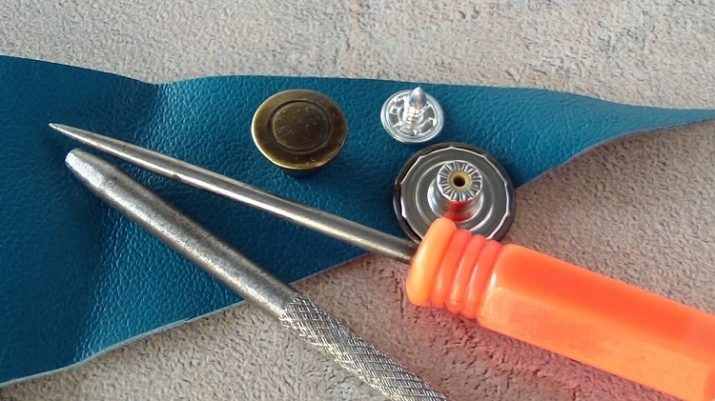
- Tied to fabric with ribbon. This is a fun creative method that will definitely decorate your wardrobe item.

- The so-called bobbins. This type of button is not attached to clothing in any way; more often than not, another hole is made for them.

By gender and age
Buttons have a conditional subdivision according to gender and age.
- Men's buttons are usually distinguished by restraint in appearance and color palette, have a classic design and do not tend to pretentiousness.

- Women's buttons are sometimes referred to as miniature works of art, because the variety of their shapes and shades knows no boundaries.
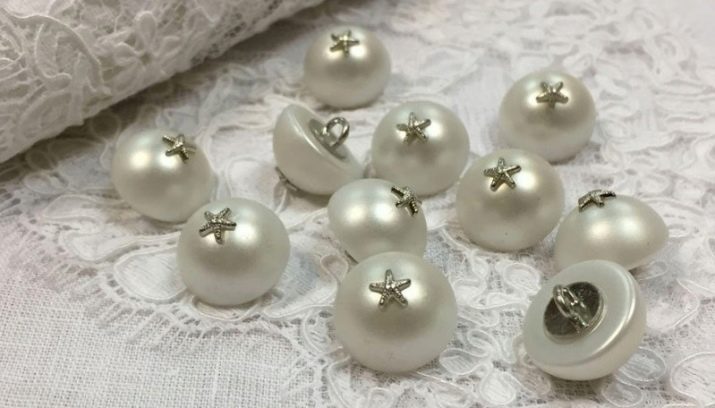
- Children's buttons, like nothing else, give free rein to the imagination of the designer. They can be of various sizes and have bizarre shapes that attract the attention of children.

Materials (edit)
As mentioned above, in ancient times, a wide variety of raw materials served as material for creating buttons: from animal bones and plant thorns to shells of sea mollusks. With the development of society and the introduction of new technologies in sewing production, buttons have experienced a qualitative revolution in their appearance, which means that materials have been added with the help of which such useful components of our clothes are produced.
To this day, some designers have resorted to using metal buttons when creating outfits in vintage and other styles. Iron and copper elements favorably emphasize the authenticity of things that are more often found on the catwalk during a fashion show than in the wardrobe of an ordinary woman. We continue to honor many traditions of our ancestors. This is especially true for the manufacture of bone or horn buttons, which can look exquisite both on coarse men's jackets and on women's blouses with an elegant cut.
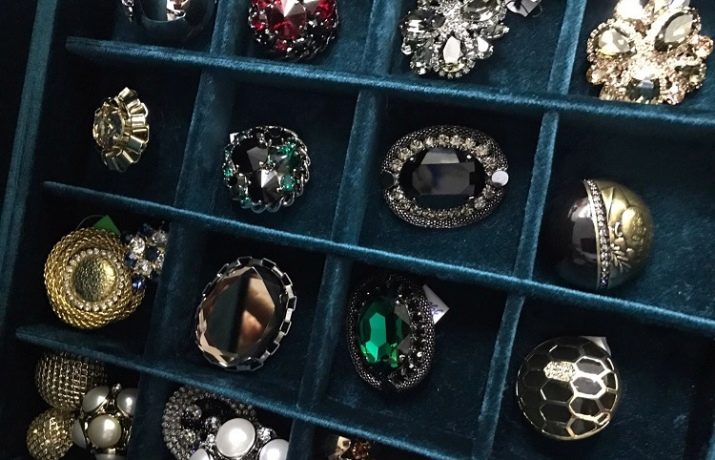
Buttons made of glass look very interesting on clothes. They can either be completely transparent or differ in different shades that shimmer in the sun. Such glass design objects are most often sewn onto light, light-colored fabrics, which further emphasizes their floating structure.
The invention of the last century - knitted buttons - looks extremely interesting on clothes. They not only attract the attention of others, but also have a long service life, which cannot but please true connoisseurs of comfort and pragmatism.
Moreover, the creation of these buttons is not very complicated, and everyone can give free rein to imagination and delve into the creative process.
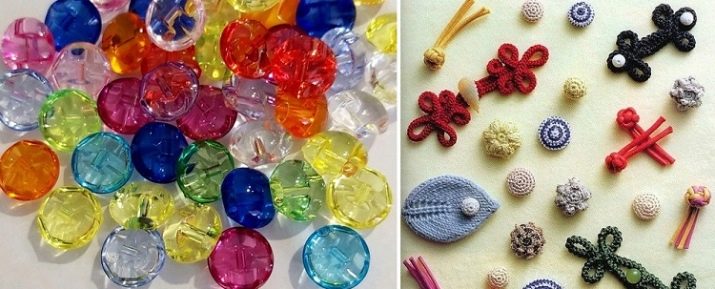
Fitted buttons are ordinary, familiar to everyone, elements of a suit that have a slightly convex shape and are covered with fabric on top. Here, the scope for creativity is also unlimited, because absolutely any fabric can be used, which means that the combination with clothes does not have clear frames and completely obeys your imagination. Bright buttons are made from amber or mother-of-pearl.
Their play creates a truly festive mood, so such accessories will successfully fit into solemn looks. Porcelain buttons or specimens made of ebonite will give a refined charm to your outfit. Plastic options have been popular since the 1930s. Here manufacturers and designers get a complete carte blanche for their imagination, since this material allows you to create a product of any shape.

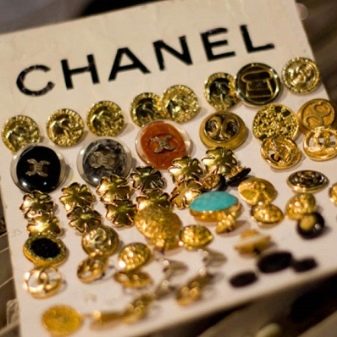
Shapes and colors
In addition to the convenient fastening method and high-quality material, the shape and color of the buttons that adorn her outfit are important for any fashionista. Beautiful details, even small and imperceptible at first glance, definitely make the image complete, give it a zest. Perhaps all manufacturers agree that the most popular shape of the button is round, since this is the option that suits any fabric, style and cut of clothing. However, today this is far from the only possible type of button. There are square, triangular, oval, round and other geometrically designed patterns. Their choice depends on the style in which the clothes are made, and, of course, on the personal preferences of the wearer.
Designers do not stop there and every season they present to society an infinite number of new forms of the accessory we are considering. For example, in children's collections, there are often a variety of cars and flowers, buttons in the form of cakes and reminiscent of the sun, favorite cartoon characters and touching faces. As for the color palette, black and white are considered the most popular shades for buttons, since they suit a large number of various wardrobe items.
If the product is made of plastic, then in terms of color, the author's imagination is not at all limited: from light delicate tones to bright acidic shades.
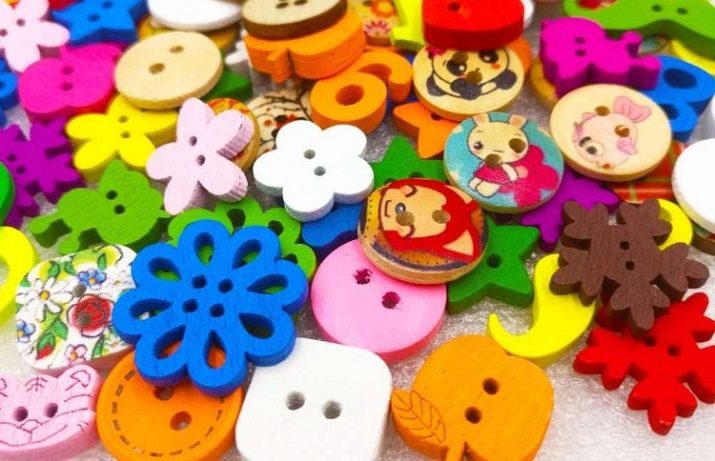
Top manufacturers
Among the domestic manufacturers of buttons, there is a fairly wide list of those whose products have been tested both by large-scale factories and by domestic needlewomen. Among them MK-Furnitura, Russian Button, Emiliano. Vladplast from Vladimir is engaged in the manufacture of plastic sewing accessories. Weaving factory "DiVa" supplies customers with products manufactured in accordance with all quality standards.
Quite often, true women of fashion want to purchase buttons from foreign brands that can be attached to their own tailored outfits and shine even more. For example, the world famous Chanel brand sells samples with its own logo, and, in fact, it is not difficult to acquire them. Such an element can be used if suddenly a button from a previously purchased brand suit has been lost, or as a unique accessory for a fundamentally new bow.
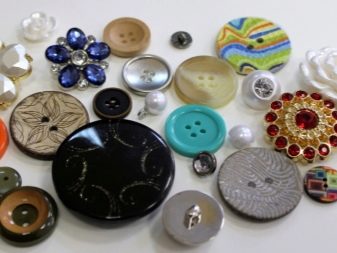
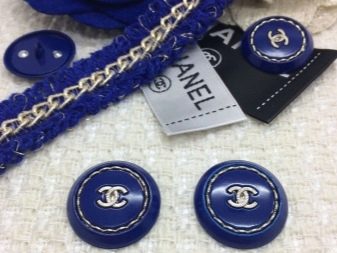
Selection Tips
A reasonable question may arise, are there really problems with the choice of buttons, after all, they are small, almost invisible. Yes, difficulties can really overtake. Let the buttons be a tiny element of the costume, but they can add sophistication to it. Therefore, when choosing this accessory, it is worth considering some of the nuances.
- When going to a sewing store, where your eyes simply run up from the abundance of all kinds of goods, you need to take with you a sample of the fabric on which the button will be sewn and "try on" them to each other. An experienced salesperson can help you determine the color and material that best matches your garment.
- Be sure to pay attention to the size. Oversized buttons will not decorate a woman's chiffon blouse; they are best used on thick fabrics. Small items are ideal for the flying cut of light fabrics.
- Don't forget about the proportions of your figure. Large buttons visually widen the silhouette, while small ones reduce it.
- Particular attention must be paid to color. For plain fabrics, it is better to use accessories of the same tone, and you can also play in contrast and pick up elements of the opposite color of the fabric. If your product is not uniform, then buttons of one of the pattern colors will be an excellent option.
- If we talk about the shape of the selected buttons, then in this matter you need to rely only on your preferences.
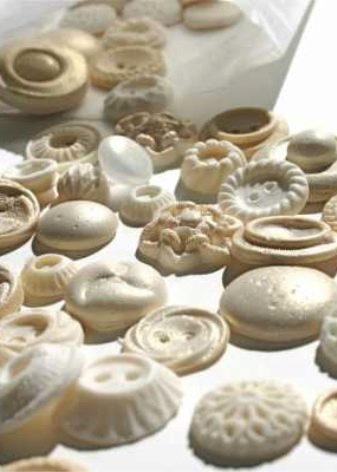

Analyze what you will be wearing this thing, what figures will prevail in your image. Based on these comments, and determine.
It would seem like a button ... Such a tiny piece of clothing that we encounter every day. However, what kind of story does it conceal in itself, how many different varieties of it exist and how radically it can change the image for the better, giving it originality and providing a true fashionista with a great many admiring glances.
